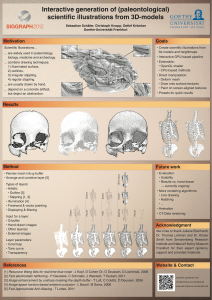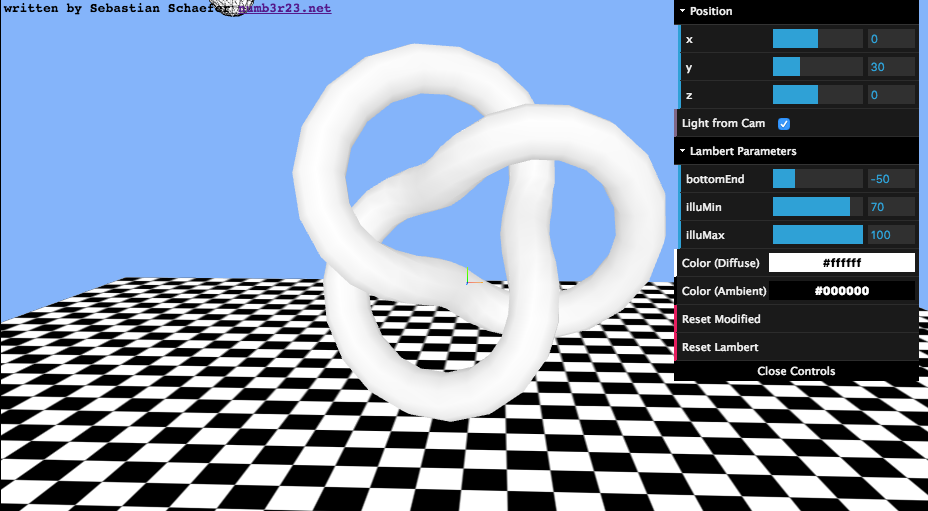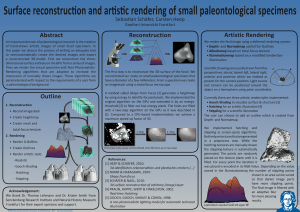Title
Interactive generation of (paleontological) scientific illustrations from 3D-models
Abstract
Scientific illustrations play an important role in the research of natural sciences and are complex drawings that are manually created. The desired images usually combine several drawing techniques such as outlines, distinctive types of stippling or an abstract shaded surface in a single image, as is exemplified in figure 2. Each of these elements aim to focus the viewers attention to certain details like e.g. shape, curvature or surface structure. As to our knowledge no tool exists with which similar images can be produced and the creation of such an illustration is a tedious and time-consuming task, we examined paleontological scientific illustrations together with researchers and artists from Senckenberg Research Institute and Natural History Museum with the intention to create an application to render scientific illustrations from a 3D-model.

@ SIGGRAPH 2012, Los Angeles
SIGGRAPH2012.bib
selected as semifinalist of ACM SIGGRPAH Student Research Competition (SRC)


